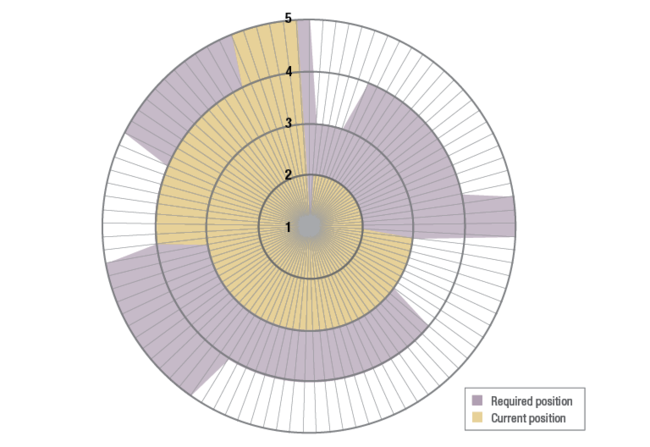Performance measurement and the challenge of active management
Post on: 30 Июнь, 2015 No Comment

January 3, 2008
Stop for a second and answer a question for yourself. What was your portfolios return last year? Now that 2007 is squarely in the record books, you should already know or can easily calculate your portfolios investment performance for the year. That may be a bit harsh, but with your investment statements and public sources like Morningstar.com you should be able to get a good estimate of how your portfolio performed.
If you cant conduct this exercise, what are you doing? Surfing the investment blogosphere for stock tips or economic forecasts? Those will in all likelihood not make you a better investor in the coming year. Knowing how your mutual funds, ETFs, investment advisors, or your own individual stock picks did against a reasonable benchmark should tell you a great deal about your investment process.
We were reminded of this fact in a thought-provoking post by James Picerno at the Capital Spectator who writes:
While such a goal [superior risk-adjusted returns] isnt impossible, its devilishly difficult to achieve for the long run. Ironically, most investors probably have no clue just how difficult the task. Why? Because one can only recognize the depth of the challenge by routinely analyzing a living, breathing portfolio over the course of time. Daily analysis is ideal, although weekly or even monthly data will suffice over long periods. In any case, unless youre crunching the numbers regularly, and comparing your results to a benchmark, its easy to overlook just how elusive successful investment strategy can be.
One might take this statement as saying you shouldnt actively manage your portfolio. In part, but our take away is that a very minimum you should know how your picks are faring against a reasonable benchmark. This is becoming all the more important given the fact that we are now in an age of nearly free betas.
In a recent post we discussed how one can now assemble a globally diversified all-ETF portfolio with an expense ratio solidly under 0.20%. Only a few short years ago that was impossible for all but the largest institutional investors. In short, the benchmark against which you should be comparing your performance is becoming a more formidable competitor.
This competition brings to mind a larger question. As Picerno writes :
Perhaps, then, the most important investment decision is deciding if youve got what it takes to compete in the arena on a long term basis.
As much as the investment business is built around trying to get you to trade individual stocks, purchase actively managed mutual funds or professionally managed investment accounts you need not play the game. As we have noted in couple of posts there is a burgeoning movement advocating portfolio simplicity or lazy portfolios. The sprawling ETF industry has, in large part, made this all the easier. Is the lazy portfolio approach perfect, of course not, but it does have much to recommend to those who have in the past been challenged by the portfolio management process.
Now before you write in saying that we are against active management, in all its forms, stop. Our message is two-fold. One, you need to be able to accurately measure your portfolios performance. Second, you need to compare that against an appropriate, preferably low cost, indexed benchmark.
If your management, or your managers, have outperformed the benchmark without taking on undue risk, great. You are ahead of the game. Your active strategies may very well be on track. If you underperformed, took on too much risk, or if you cant do the above mentioned performance measurement exercise at all, it may be time to look into simplifying your portfolio in the name of more consistent performance and a less complicated life.














